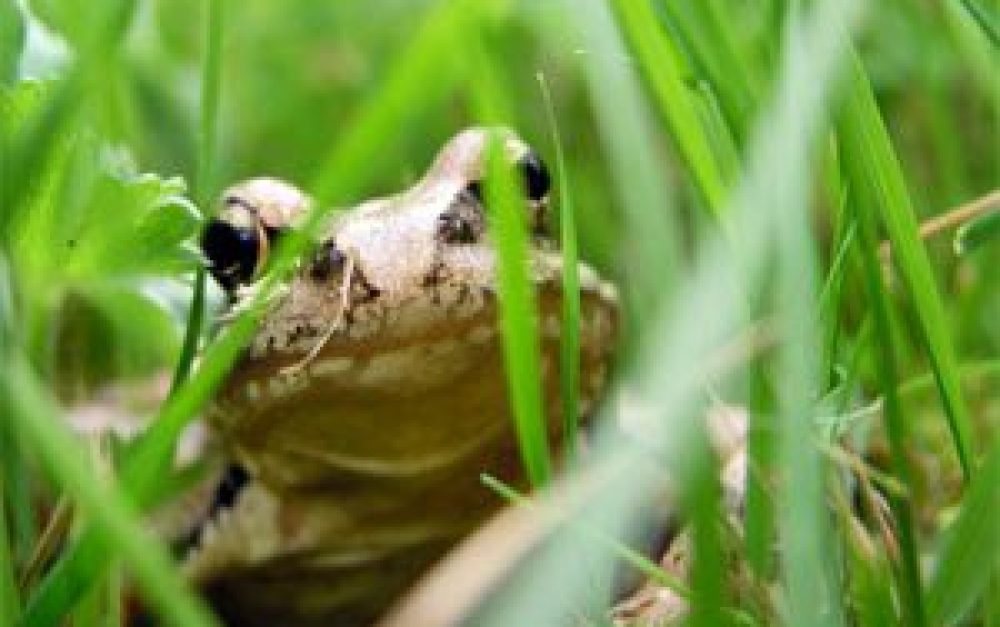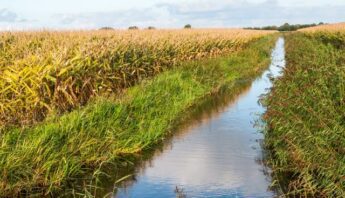Frogs exposed to commonly used pesticides in the lab had mortality rates between 40-100%, according to a new study in Germany. One fungicide, when applied at doses approved for use, caused frogs to die within an hour.
The new study provides strong support for earlier research pointing to pesticide exposure as a contributor to the global decline of amphibians, a disturbing trend that has puzzled researchers for years. Like canaries in a coal mine, frogs are often considered a "sentinel" species — and declines may be an early warning of broader harms.
As study author Carsten Brühl of the University of Koblenz-Landau explained to the UK Guardian:
"It is the simplest effect you can think of: you spray the amphibian with the pesticide and it is dead. That should translate into a dramatic effect on populations."
Agricultural fields (the farm "biome") have become an increasingly important habitat for frogs, with agricultural production now occupying more than 40% of land surface. When these areas are subjected to chemical inputs, amphibian populations are increasingly exposed to pesticides.
The mixture matters
The new study, published in Scientific Reports, examined commercial formulations of several fungicides and herbicides, and one organophosphate insecticide. Frogs were sprayed with an apparatus mimicking the droplet size and spray rate of a commercial sprayer, and then observed for up to seven days to monitor effects.
Mortality from pesticide exposures ranged from 40% after seven days to 100% after one hour, all at application rates recommended on the label. The formulations studied are currently registered for use.
Researchers saw a notable difference in the groups exposed to two different fungicide products with the active ingredient pyraclostrobin. While both formulations had the same amount of pyraclostrobin, one of the inert ingredients was included at much higher levels in the Headline product mix. When frogs were exposed to this formulation, 100% of them died. Mortality rates were much lower with exposure to the other pyraclostrobin products.
These results suggest that the formulation of a pesticide product — and particularly the presence and concentration of inert ingredients — can make a significant difference in toxicity.
Canary in a coal mine, frog in a field?
Frogs, with their highly permeable skin, are frequently considered an important sentinel species. A sentinel or "indicator" species serves as an early warning indicator of environmental impacts on the health of an ecosystem — or the health of other organisms living in that ecosystem, including humans.
The work of Tyrone Hayes and other researchers on effects of the herbicide atrazine on the reproductive development of frogs (and other organisms) indicate that the adverse effects of atrazine can be observed across vertebrate groups, including reptiles, birds, fish and mammals.
Given amphibians' clear status as a sentinel species, the results of this latest study may reflect broader ecosystem impacts. It deserves our full attention.







